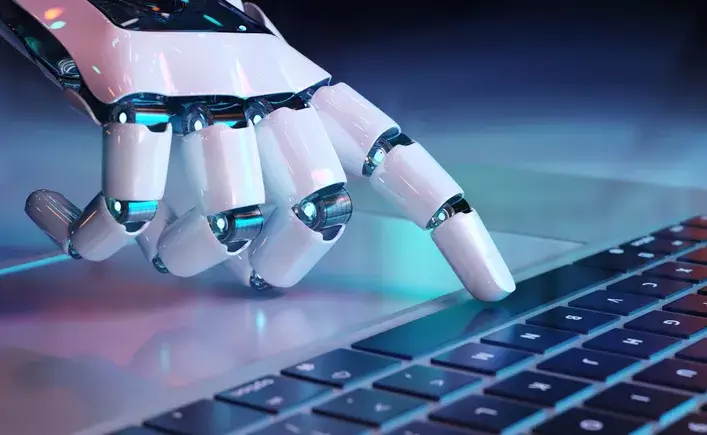In an era dominated by rapid technological advancements, the intersection of artificial intelligence and creative expression has stirred both excitement and confusion. One of the most perplexing revelations concerning AI-generated content is the strict non-ownership of the work produced through these algorithms. The recent case involving Stephen Thaler, an AI poetry author, has underscored a critical issue: the absence of copyright ownership for AI-generated creations. The court affirmed, in a uniform decision by the Court of Appeals for the District of Columbia Circuit, that because the authorship of AI output cannot be ascribed to a human, it consequently falls outside the protections of copyright law.
This decision not only highlights a significant gap in our current copyright legislation but also raises pressing questions regarding creativity and authorship in the age of AI. This presents an urgent need for broader discussions about who gets to claim ownership of art when machines enable creation without human intervention—essentially rendering human authorship a relic of the past.
The Court’s Reasoning: An Uphill Battle for Change
Judge Patricia Millett’s comments lend weight to the decision, observing that “the best reading of the Copyright Act is that human authorship is required for registration.” This highlights a foundational dilemma: the laws designed to protect creatives may now be outdated in a landscape where machines are increasingly capable of generating works of art across various mediums. The judges’ assertion—that machines do not have lives and therefore cannot inherit copyrights—reinforces the rigidity of existing laws. In essence, while AI technologies refine and synthesize art, they aren’t recognized as individual creators under the law, relegating any output to the realm of the public domain.
Such findings leave countless proponents of AI art vulnerable. Artists leaning on technology as a creative tool must grapple with the unsettling truth that their manipulations of AI outputs do not guarantee ownership or recognition. The U.S. Copyright Office has pointedly noted that human intervention plays a crucial role in determining the copyrightability of creative works. The key distinction lies in the extent to which human creativity guides the process—generative AI, merely responding to text prompts without deeper engagement, does not qualify for protection. Therefore, it’s vital for artists to recognize that simply interfacing with AI tools may place them outside the legal protections that traditionally safeguard artistic endeavors.
The Future for AI Artists: Looking Ahead
As AI continues to evolve and proliferate, the question remains: will copyright laws shift to keep pace with these advancements? The current rulings suggest a stagnant landscape that doesn’t account for the rapidly changing dynamics of creation. There’s an underlying concern that this inertia could stifle innovation, particularly within sectors like the entertainment industry, where reliance on AI is escalating. While there may be hesitations about adapting laws that have been longstanding, economic motivations create a compelling argument for why they must evolve to meet today’s realities.
Moreover, as major studios and enterprises lean more heavily into AI technologies to produce content, the need for reform will become even more evident. Newer, more flexible frameworks may emerge as businesses begin to prioritize proprietary technology and demand clearly defined ownership rights. However, until significant industry stakeholders press for legislative adjustments, creators engaged with AI art remain in a precarious position.
The Broader Implications: Creativity and Cultural Value
This ongoing struggle to address copyright in the realm of AI raises deeper questions about the essence of creativity itself. If a machine can create, what does it mean to be an artist? The implications stretch beyond legalities, touching the foundations of cultural expression and human value in art. As AI tools increasingly collaborate—rather than merely assist—artists, there’s a risk that the unique human touch that shapes our cultural narratives could be diluted.
As we wrestle with the implications of these technological advancements, it becomes increasingly essential to cultivate a discourse around the ethical dimensions of employing AI in creative practices. The challenge lies not solely in protecting individual creators but recognizing and preserving the societal implications inherent in what we create and value as art. The landscape may be shifting, but one thing remains clear: without proactive engagement and advocacy, the future of artistic expression in the AI age could be at risk.


Leave a Reply
You must be logged in to post a comment.